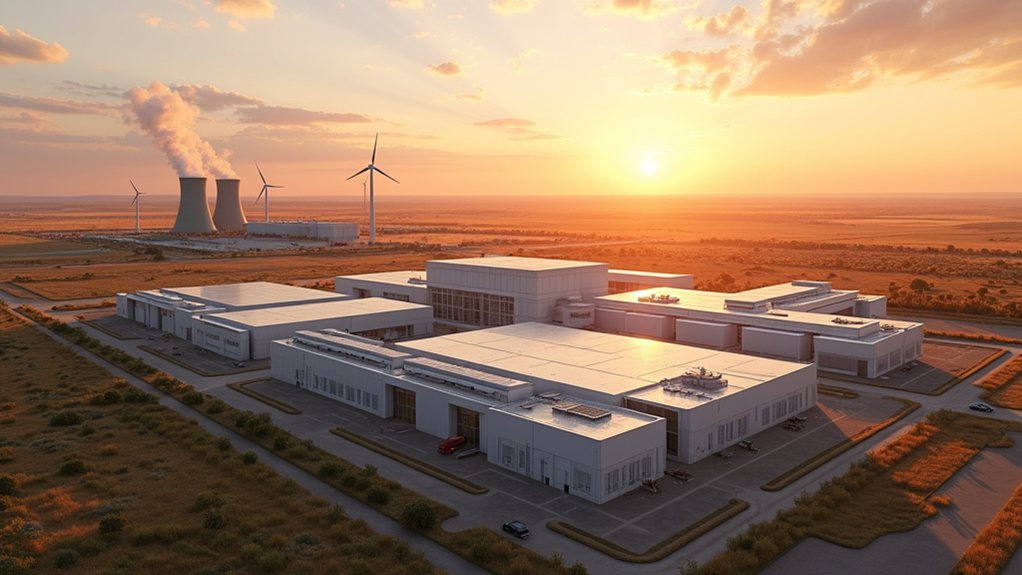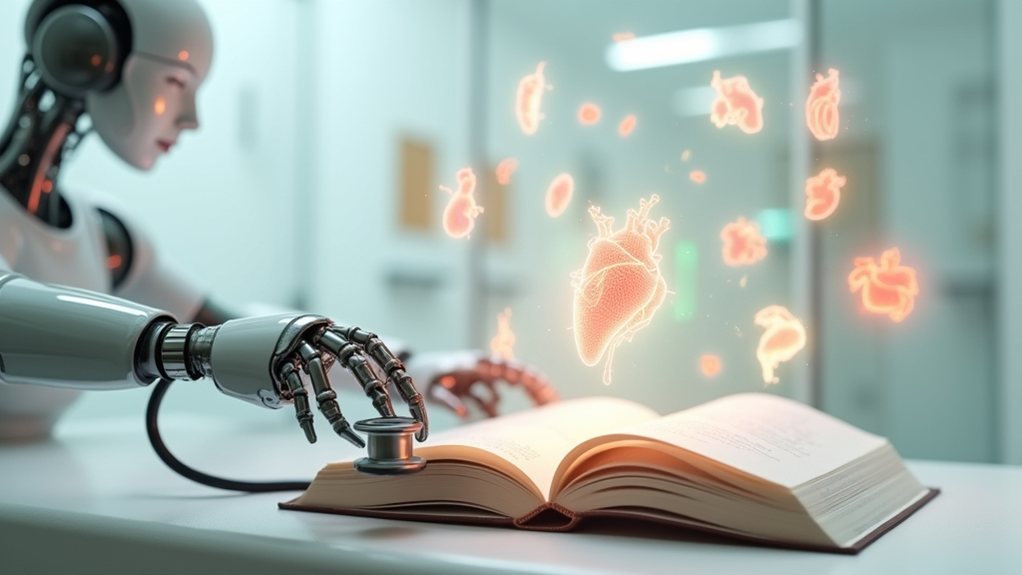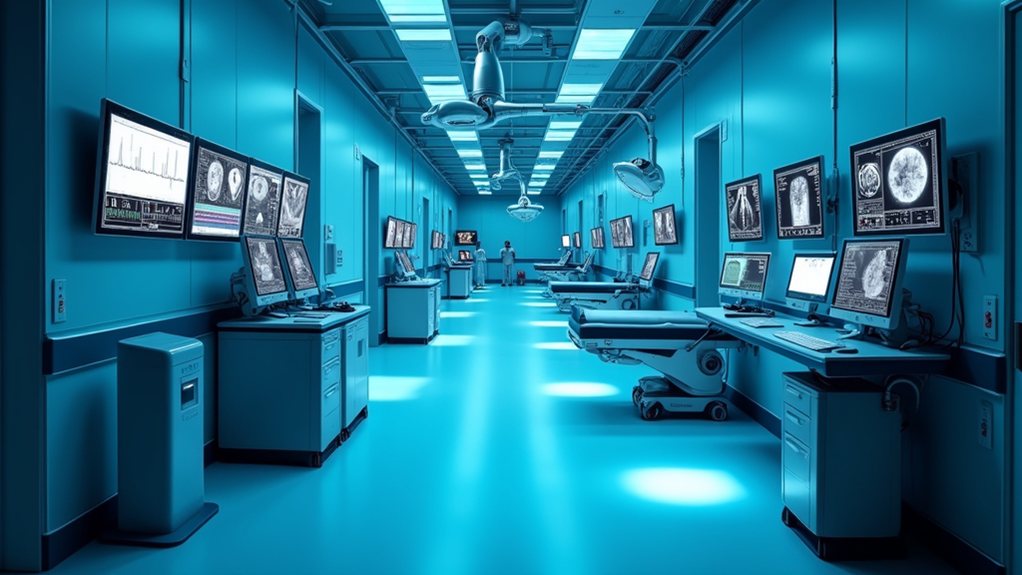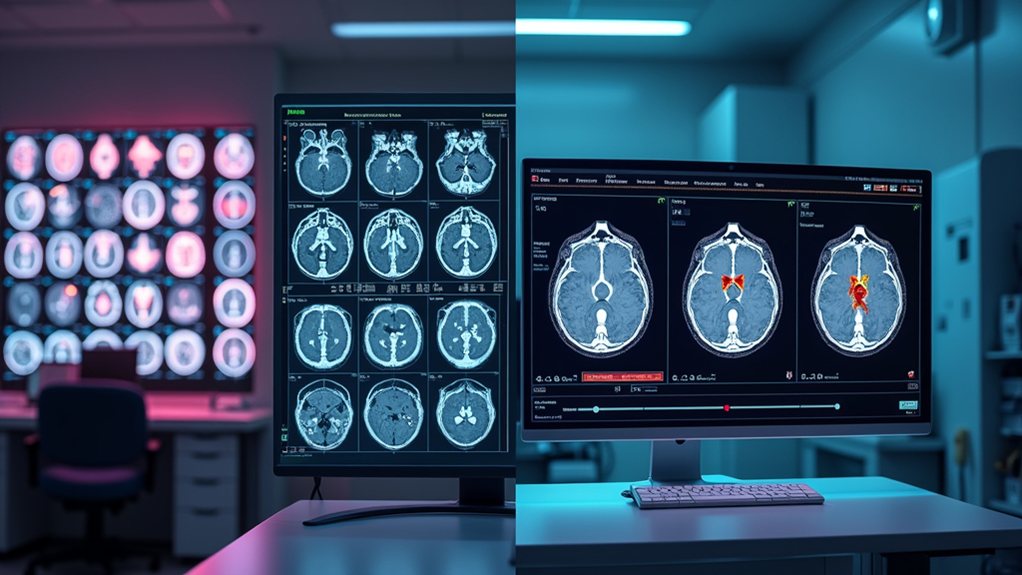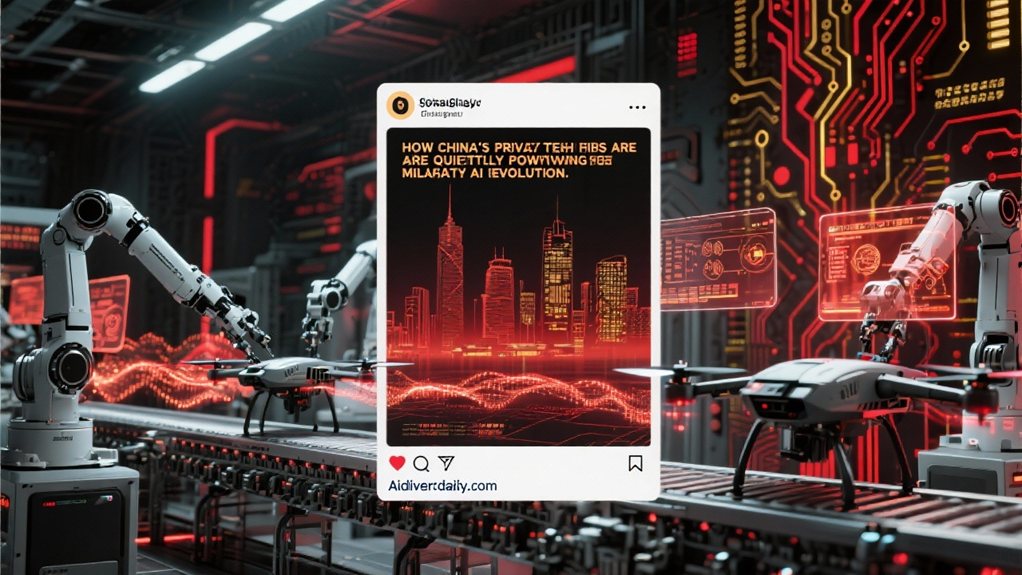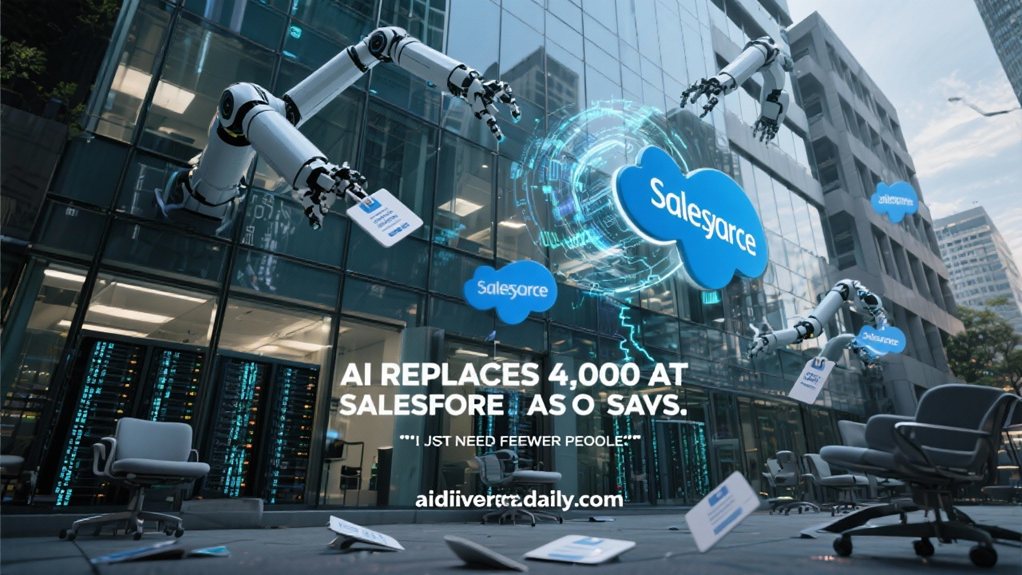AI Breakthrough Ends 18-Year Fertility Struggle
How can technology change the face of human reproduction? Just ask the couple who finally welcomed a baby after 18 years of trying. Eighteen. Years. That’s longer than most marriages last these days.
Thanks to artificial intelligence, what seemed impossible became reality at Columbia University Fertility Center, where cutting-edge AI technology identified viable sperm in a condition called azoospermia.
AI turned impossibility into reality at Columbia, finding viable sperm where traditional methods had failed for nearly two decades.
Let’s be real. Finding sperm in men with this condition used to be like searching for a needle in a haystack. Actually, worse. Traditional methods took days of painstaking work with microscopes and a lot of squinting. AI changed the game entirely. The technology analyzed millions of semen sample images and identified viable sperm in hours instead of days. Hours. That’s the difference between catching a flight or missing it completely.
This couple had been through multiple failed IVF rounds before AI stepped in. Their story isn’t unique in the details, just in the outcome. About 1% of infertile men have azoospermia, which means extremely low or no sperm count. Before AI, many of these men had limited options.
Fertility treatment has always been expensive, invasive, and emotionally draining. A full IVF cycle costs about $23,474 on average. That’s a small car or a down payment on a house in some places.
AI is helping to reduce these costs by making the process more efficient. Fewer cycles mean less money spent and less emotional turmoil. Machine learning algorithms are processing medical images with unprecedented precision, revolutionizing how fertility specialists analyze results.
It’s not just sperm detection where AI is making waves. The technology is revolutionizing embryo selection too. AI-guided grading systems can identify embryos with higher implantation potential, reducing the chance of IVF failure. Time-lapse imaging monitored by AI tracks embryo development in incubators. No more guesswork on timing.
Non-invasive testing has also gotten the AI treatment. Saliva-based hormone tests, ultrasound imaging, at-home sperm testing—all enhanced by artificial intelligence. These tools make the whole fertility experience less uncomfortable and more accurate.
The future looks promising. AI models are now trained on extensive patient datasets to provide personalized treatment plans. Age, ancestry, weight, diagnosis—all factored in to predict outcomes and recommend best approaches. The rise of vitrification 2.0 technology has dramatically improved egg freezing outcomes for those who might need to delay pregnancy while battling fertility issues. More clinics are collaborating to improve these systems with diverse data.
Technology doesn’t solve everything. But in this case, it solved what 18 years of trying couldn’t. The procedure represents the first-known AI-enabled conception with this groundbreaking technology. Sometimes science fiction becomes science fact, and babies happen because of it.

